SSHing to my Raspberry Pi 400 from a browser, with Cloudflare Tunnel and Auditable Terminal
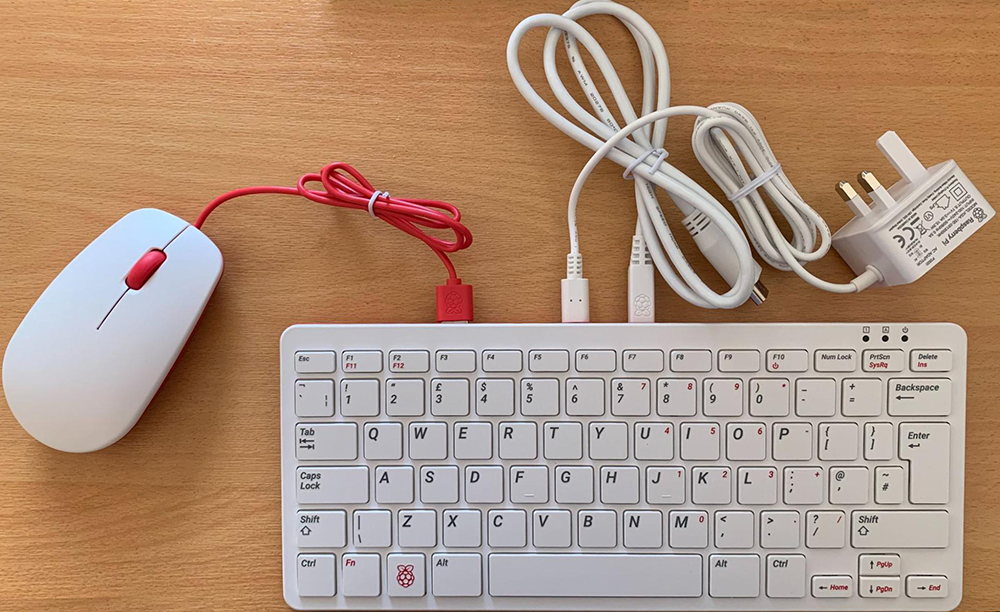
A few weeks ago I received a Raspberry Pi 400 as a gift. I didn’t have time to do anything beyond plug it in and verify that it works. It’s great that the Pi 400 comes with everything you need except for a screen: there’s the computer itself, mouse, HDMI cable and power adapter.
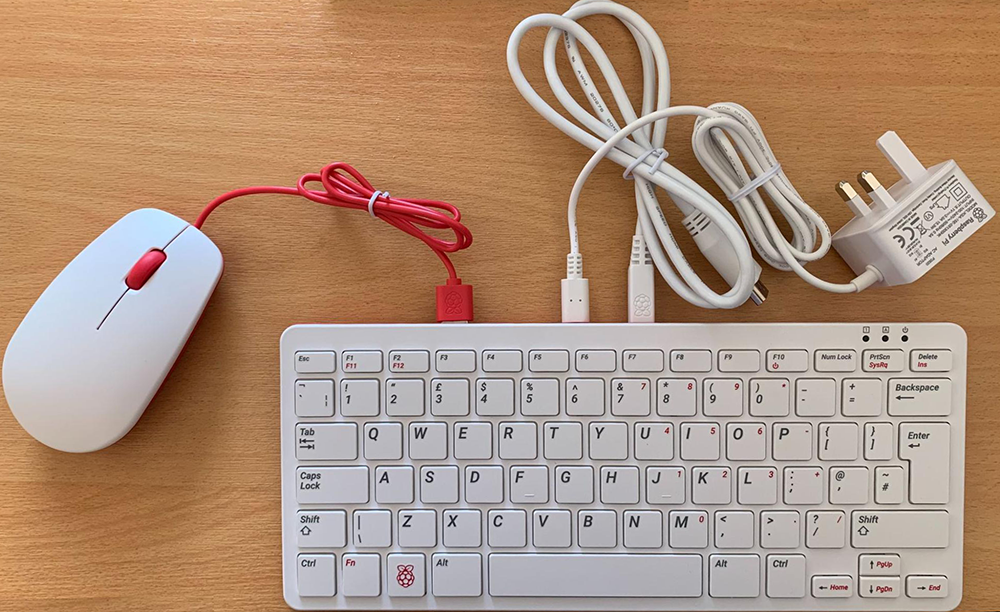
The Pi 400 has been sitting gathering dust when Cloudflare launched Auditable Terminal giving me the perfect excuse to get out the Pi 400 and hook it up.
Auditable Terminal gives you a fully featured SSH client in your browser. You authenticate using Cloudflare Access and can log into a computer from anywhere just using the browser and get a terminal. And using Cloudflare Tunnel you can securely connect a computer to Cloudflare without punching holes in a firewall. And you end up with a consistent terminal experience across devices: 256 colours, Unicode support and the same fonts everywhere.
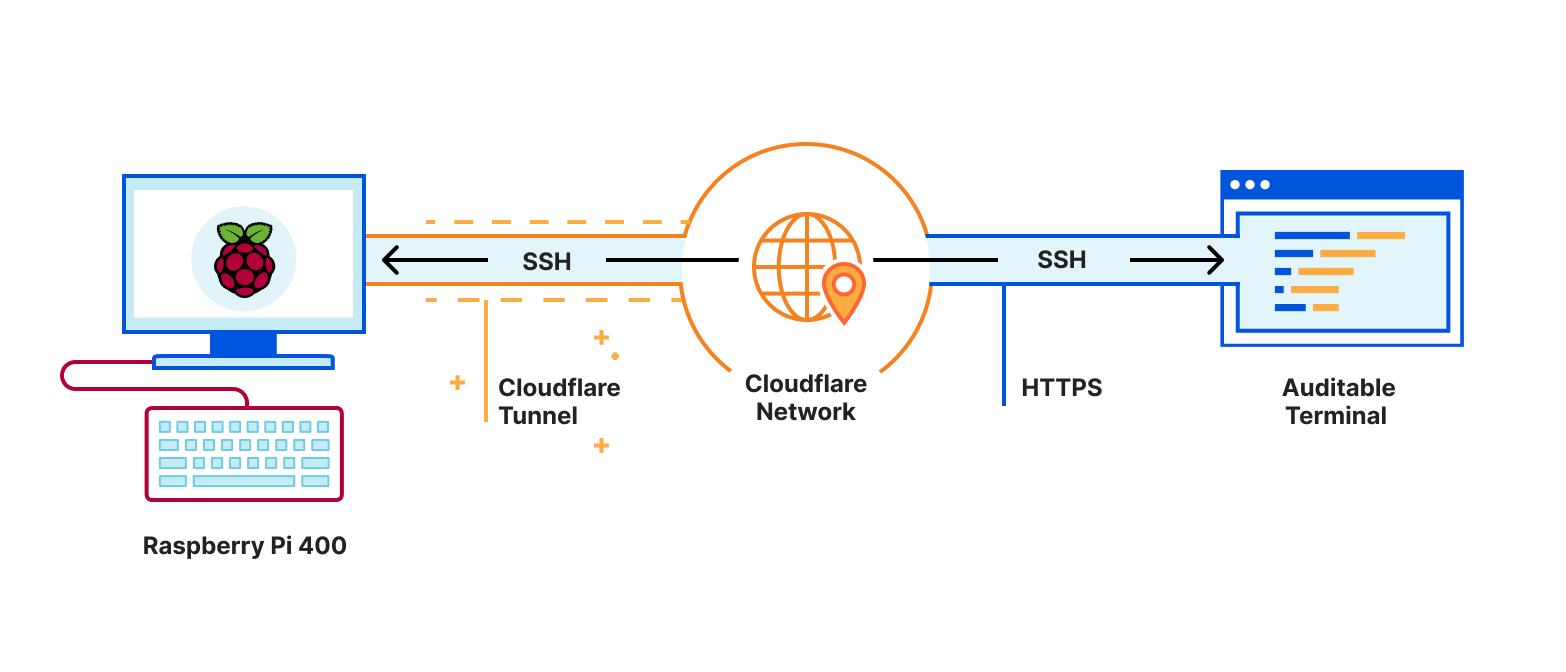
This is ideal for my use case: set up the Pi 400 on my home network, use Cloudflare Tunnel to connect it to the Cloudflare network, use Auditable Terminal to connect to the Pi 400 via Cloudflare and the tunnel using nothing more than a browser.
Here’s Continue reading
Project Jengo Redux: Cloudflare’s Prior Art Search Bounty Returns


Here we go again.
On March 15, Cloudflare was sued by a patent troll called Sable Networks — a company that doesn’t appear to have operated a real business in nearly ten years — relying on patents that don’t come close to the nature of our business or the services we provide. This is the second time we’ve faced a patent troll lawsuit.
As readers of the blog (or followers of tech press such as ZDNet and TechCrunch) will remember, back in 2017 Cloudflare responded aggressively to our first encounter with a patent troll, Blackbird Technologies, making clear we wouldn’t simply go along and agree to a nuisance settlement as part of what we considered an unfair, unjust, and inefficient system that throttled innovation and threatened emerging companies. If you don’t want to read all of our previous blog posts on the issue, you can watch the scathing criticisms of patent trolling provided by John Oliver or the writers of Silicon Valley.
We committed to fighting back against patent trolls in a way that would turn the normal incentive structure on its head. In addition to defending the case aggressively in the courts, we also founded Project Jengo — Continue reading
Cloudflare obtains new ISO/IEC 27701:2019 privacy certification and what that means for you
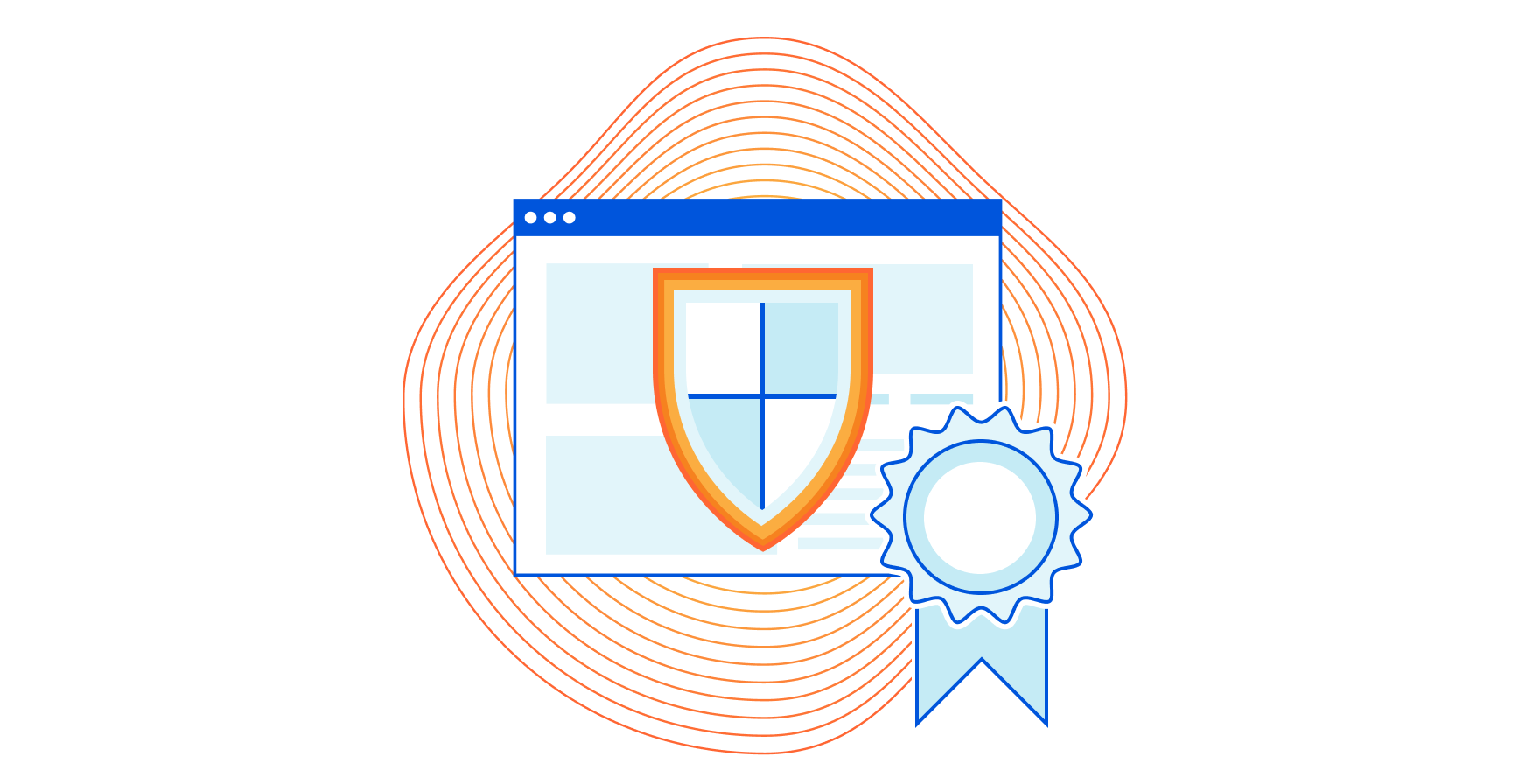
This post is also available in French and German.
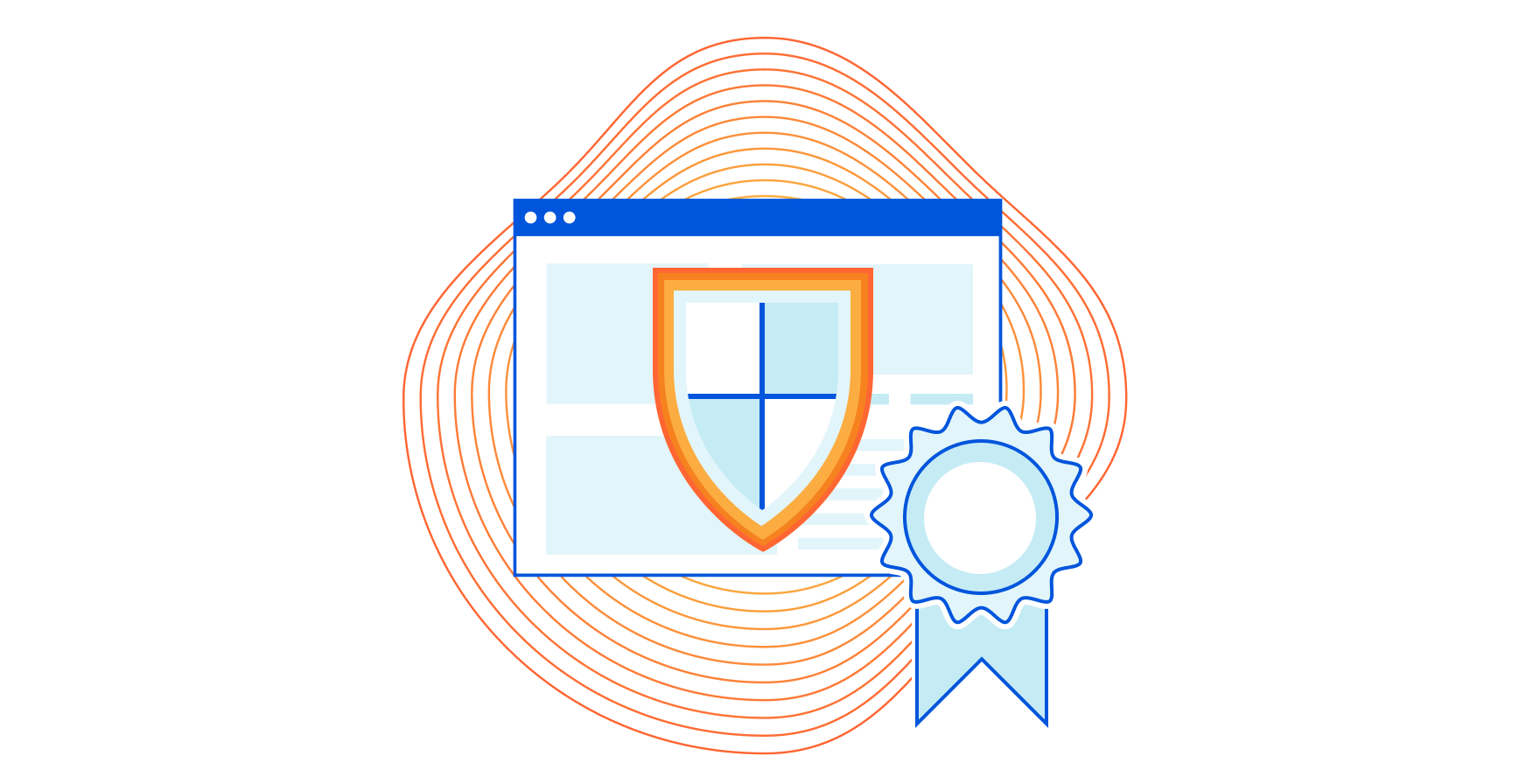
Cloudflare is one of the first organisations in our industry to have achieved ISO/IEC 27701:2019 certification, and the first web performance & security company to be certified to the new ISO privacy standard as both a data processor and controller.
Providing transparency into our privacy practices has always been a priority for us. We think it is important that we do more than talk about our commitment to privacy — we are continually looking for ways to demonstrate that commitment. For example, after we launched the Internet's fastest, privacy-first public DNS resolver, 1.1.1.1, we didn’t just publish our commitments to our public resolver users, we engaged an independent firm to make sure we were meeting our commitments, and we blogged about it, publishing their report.

Following in that tradition, today we’re excited to announce that Cloudflare has been certified to a new international privacy standard for protecting and managing the processing of personal data — ISO/IEC 27701:2019. The standard is designed such that the requirements organizations must meet to become certified are very closely aligned to the requirements in the EU’s General Data Protection Regulation (“GDPR”). So Continue reading
Announcing Cloudflare Images beta to simplify your image pipeline
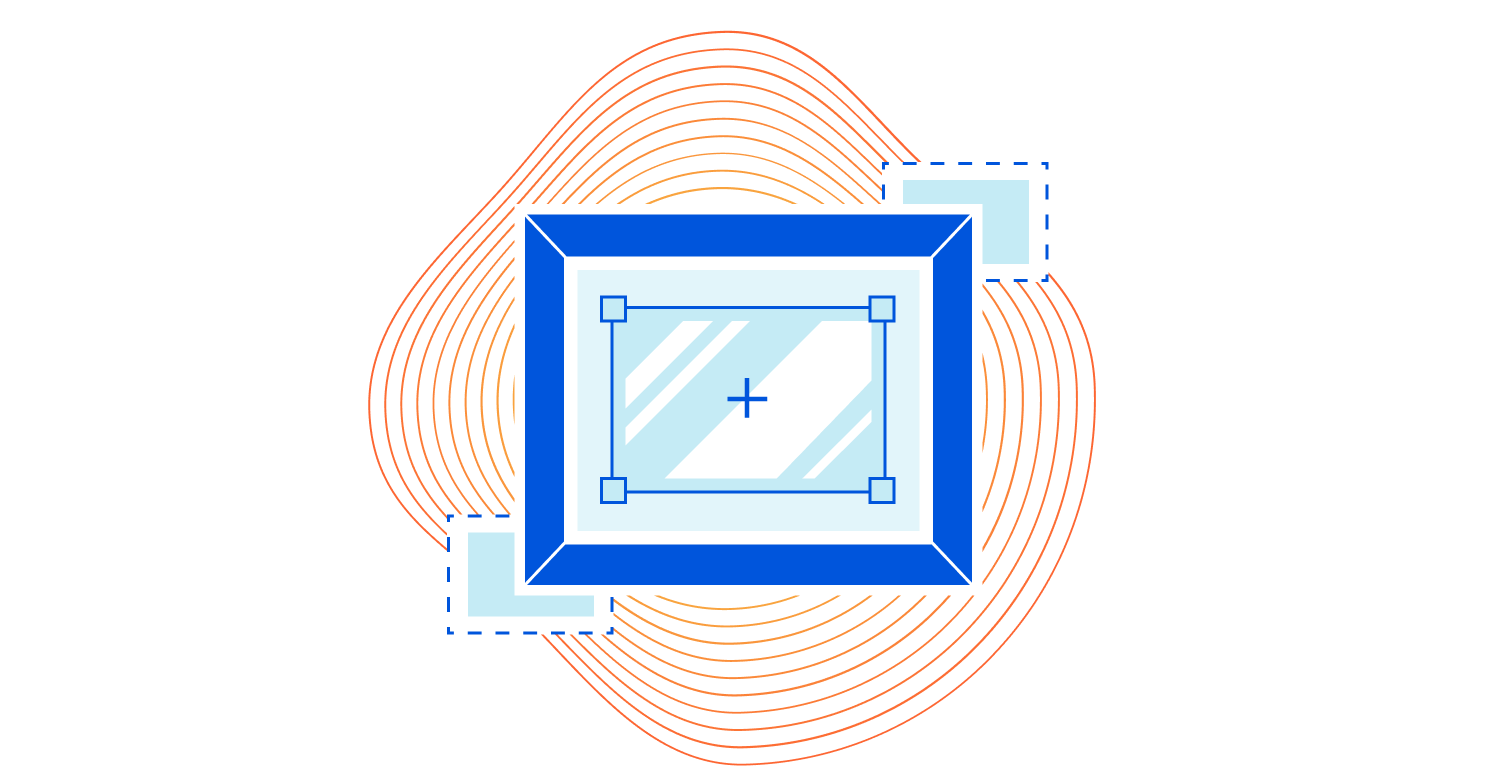

Today, we are announcing the beta of Cloudflare Images: a simple service to store, resize, optimize, and deliver images at scale.
In 2018, we launched Stream to provide a single product that could be used to store, encode, and deliver videos. With Cloudflare Images, we are doing for images what Stream did for videos. Just like Stream, Cloudflare Images eliminates the need to think about storage buckets, egress costs, and many other common problems that are solved for you out of the box. Whether you are building an ecommerce platform with millions of high-res product pictures and videos or a new app for creators, you can build your entire media pipeline by combining Cloudflare Images and Stream.
Fundamental questions for storing and serving images
Any time you are building infrastructure for image storage and processing, there are four fundamental questions you must answer:
- “Where do we store images?”
- “How do we secure, resize, and optimize the images for different use cases?”
- “How do we serve the images to our users reliably?”
- “How do we do all of these things at scale while having predictable and affordable pricing, especially during spikes?”
Cloudflare Images has a straightforward set Continue reading
Start building your own private network on Cloudflare today

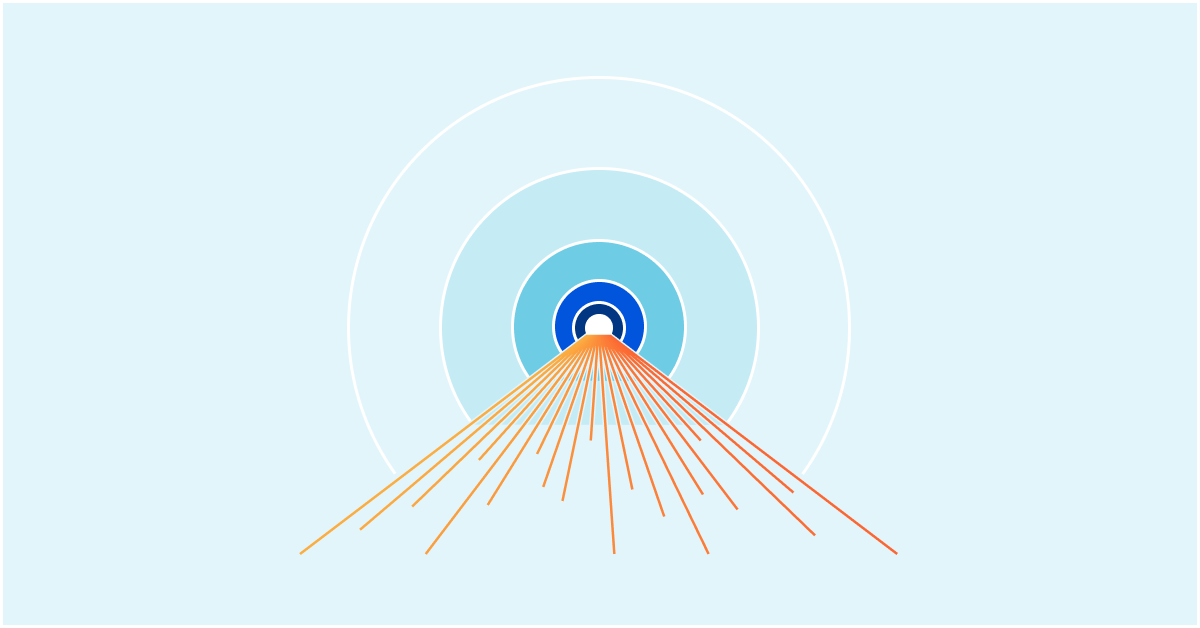
Starting today, your team can create a private network on Cloudflare’s network. Team members click a single button to connect to private IPs in environments that you control. Cloudflare’s network routes their connection through a data center in one of over 200 cities around the world. On the other side, administrators deploy a lightweight software connector that replaces traditional VPN appliances.
Cloudflare’s private network combines IP level connectivity and Zero Trust controls. Thick clients like RDP software, SMB file viewers, or other programs can connect to the private IPs already in use in your deployment without any additional configuration. Coming soon, you’ll be able to layer additional identity-based network-level rules to control which users, from which devices, can reach specific IPs.
We are launching this feature as a follow-up to Cloudflare’s Developer Week because we are excited to give your development team, and your entire organization, a seamless platform for building and connecting your internal resources. We built this solution based on feedback from customers who want to move to a Zero Trust model without sacrificing some of the convenience of a private network.
We’re excited to give any team the ability to run their internal network on Cloudflare’s global Continue reading
2021年第1四半期におけるDDoS攻撃の傾向


先週、Developer WeekがCloudflareで開催されました。この1週間、当社のチームは数々の新製品をリリースしました。その中には、大幅に改善されたWorkersもありました。Workersでアプリをデプロイするのを好むのはユーザーだけなく、当社のエンジニアチームもそうです。WorkersはCloudflare Radarでインターネットトラフィックと攻撃の傾向を明らかにします。本日、分析ブログを深く掘り下げるとともに、Jypyter、Clickhouse、Workers上に構築した当社初の完全自動化データノートブックである新しいRadar DDoSレポートページを発表できることを非常にうれしく思います。
先月、当社の自律型エッジDDoS(分散サービス妨害)対策システムを発表し、パフォーマンスに影響を与えることなく、超高速で攻撃数を低下させる方法をご説明しました。ネットワークのエッジで実行しながら、トラフィックを非同期的に分析することで、パフォーマンスへの影響を回避し、攻撃を検出するとすぐに軽減ルールを割り込ませます。これを全て自律的に行います。つまり、一元化されたコンセンサスを必要としないということです。
このブログ投稿では、2021年第1四半期にCloudflareシステムが軽減した攻撃に基づく最新のDDoSに関する洞察と傾向についてお話ししたいと思います。攻撃を分析する際、「DDoSの活動」レートを計算します。これは、総攻撃数(攻撃+クリーン)に対する攻撃のトラフィックの割合です。この計算を使うと、データポイントを正規化できるため、例えば、「あるデータセンターにはより多くのトラフィックが確認できるため、攻撃数も多い」といったバイアスを回避することができます。
要点:
アプリケーション層DDoS攻撃
- 2021年第1四半期で、HTTP攻撃のトラフィックの割合が最も高かったのは中国でした。そして米国、マレーシア、インドがこれに続きました。
- 第1四半期に最も攻撃を受けたのは通信業界で、次に消費者サービス、セキュリティと調査、インターネット、仮想通貨という順番でした。
- 最も攻撃を受けたインターネットプロパティは中国と米国、モロッコに拠点を置く企業でした。
ネットワーク層DDoS攻撃
- Cloudflareネットワークにおいて、最も活発なDDoS活動が見られたデータセンターはルワンダ、中国、ブルネイに位置しています。
- 第1四半期に発生した全攻撃のうちおよそ44%が1月に発生しています。
- 新たな脅威の上位には、JenkinsサーバーとTeamSpeak3サーバーを対象にした攻撃も含まれており、それぞれ前四半期と比べて940%と203%の増加となっています。
- 他の新しい脅威に、QUICのバージョンネゴシエーションパケットのフラッドがあります。これは、Cloudflareのインフラストラクチャを混乱させる試みであった可能性があります。
アプリケーション層DDoS攻撃
アプリケーション層DDoS攻撃(HTTP DDoS攻撃とも呼ばれる)は、リクエスト処理ができないようにすることで、HTTPサーバーの中断を狙う攻撃です。サーバーが処理できる量を超えるリクエストで攻め立てられた場合、サーバーは正当なリクエストをドロップせざるを得なくなり、さらにクラッシュすることさえあります。

業界別のDDoS攻撃活動
顧客の業界ごとにDDoS活動を分けてみると、第1四半期に最も攻撃を受けたのは、通信業界であることが分かります。そして、これは2020年第4四半期の第6位から大きく順位をあげています。第2位は消費者サービス業界で、第3位に入ったのはセキュリティと調査業界でした。

配信元国別のDDoS活動
ネットワーク層攻撃とは対照的に、HTTP攻撃では、送信元IPがスプーフィングできません。接続を確立する必要があります。クライアントの送信元IPのロケーションを調べることで、当社は送信元国を特定できます。特定の国においてDDoS活動率が高いということは、その国で大規模なボットネットが稼働していることを示しています。2020年第4四半期と2021年第1四半期の両方で中国がトップとなり、すぐ後に米国が続く結果となりました。

攻撃対象となった国別のDDoS活動
どの国が最もDDoS攻撃の対象となったのかを特定するために、お客様の請求先国ごとに見てみました。攻撃発生国の内訳と同じように、中国が1位で米国が2位となりました。前四半期で興味深かったことは、首位だった中国からインドがトップの座を奪ったことです。もしかすると、これはインドの選挙が2020年第4四半期に行われたことが影響したかもしれません。

ランサム攻撃
ここまで見てきたように、Enterpriseプラン以外のお客様が一番のDDoS攻撃の標的となりました。こうしたお客様からの報告をみると、攻撃数が多いだけでなく、ランサムDDoS 攻撃(RDDoS)数が最多だったことがわかります。2021年第1四半期にDDoS攻撃を受けたCloudflareのお客様を対象にした調査によると、その13%がRDDoS攻撃で金銭を要求された、または事前に脅迫を受けたと報告しています。そのうち、33%がProプランのお客様で62%がBusinessプランのお客様でした。これは、2020年第1四半期から続く傾向で、金銭を要求されたお客様は17%でした。これには、ラザルスグループと名乗るグループに狙われたFortune Global 500に入る企業も含まれますが、当社がオンボーディングし、保護しました。

ネットワーク層DDoS攻撃
アプリケーション層攻撃は、エンドユーザーがアクセスを試みるサービスを実行するアプリケーション(OSI参照モデルのレイヤー7)を狙いますが、ネットワークレイヤー攻撃は、ネットワークインフラストラクチャ(例えばインラインルーターや他のネットワークサーバー)とインターネットのリンクそのものを攻撃対象とします。
攻撃数
月単位を見ると、第1四半期に攻撃者が最も活発だったのは1月でした。四半期全体で観察された総攻撃の42%がこの月に発生しています。その次に多かったのが3月の34.2%で、さらに2月の23.8%が続きます。

しかし、2月は第1四半期最大の攻撃が発生し、そのピークが300~400Gbpsだったことが分かっています。

攻撃の規模
L3/4 DDoS攻撃の規模を測定するために、さまざまな方法があります。1つは送信するトラフィックの量で、ビットレート(具体的にはギガビット/秒)で測定されます。もう1つは配信するパケット数を使い、パケットレート(具体的には、1秒あたりのパケット数)で測定されます。ビットレートが高い攻撃ではインターネットリンクを飽和状態にする一方で、パケットレートの高い攻撃ではルーターやその他のインラインハードウェアデバイスを過負荷状態に陥れようとします。
2021年第1四半期に観察されたL3/4攻撃の大部分(97%以上)が、1mppsと500Mbpsを下回る規模でした。
これは、昨年1年間を通して観察された傾向が継続している形です。しかし、こうした攻撃が無害であることを意味するわけではありません。
500Mbps以下の攻撃は、クラウドベースのDDoS攻撃対策サービスが保護するインターネットプロパティを中断させるのに十分な大きさの威力を持つことがあります。多くの企業がサービスプロバイダーから1Gbps未満の帯域幅容量が提供されるアップリンクを使用しています。公開されているネットワークインターフェースも正当なトラフィックを送信すると仮定すると、500Mbps未満のDDoS攻撃であっても、インターネットプロパティに対して十分危害を加えることができてしまいます。


攻撃の持続時間
攻撃の90%以上で、持続時間は1時間未満でした。短い攻撃は、DDoS検出システムによって検出されずにダメージを与える可能性があります。手動で分析と軽減対策が行われているDDoSサービスは、この種の短い攻撃に対して役に立たない可能性があります。なぜなら、アナリストが攻撃のトラフィックの識別すら終えないうちに攻撃が終了してしまうためです。

攻撃が短くても、ターゲットのサイバー防御体制に探りを入れることができます。ダークウェブ上で広く普及している負荷テストツールと自動DDoSツールは、SYNフラッドなどの短いバーストを生成し、代替攻撃ベクトルを使用して別の短い攻撃を追加で仕掛けることができます。これにより、サイバー攻撃者は大規模な攻撃をより大きなレートを使って、より長い攻撃期間で仕掛けるかどうかを決める前に、ターゲットのセキュリティ体制を把握することができます。
攻撃ベクトル
攻撃のベクトルとは、攻撃者が利用する攻撃方法のことです。2021年第1四半期、SYN攻撃は攻撃者の間で最も使用頻度の高い攻撃ベクトルであり続けました。次に使用頻度が高かったのは、RST、UDP、DNS増幅攻撃でした。
では、SYNフラッド攻撃とは何かと言うと、TCP接続の基盤を悪用するDDoS攻撃のことです。クライアントとサーバー間にあるステートフルなTCP接続で3ウェイTCPハンドシェイクから始まります。クライアントが同期フラグ(SYN)で初期接続リクエストパケットを送信します。そして、サーバーが同期確認応答フラグ(SYN-ACK)を含めたパケットで応答します。最後にクライアントが、確認応答(ACK)パケットで応答します。この時点で、接続が確立され、データは接続が終了するまで交換することができます。このステートフルの処理を、サービス拒否イベントを引き起こすために攻撃者が悪用する可能性があります。
SYNパケットを繰り返し送信することで、攻撃者はサーバーまたはTCP接続の状態を追跡するルーターの接続テーブルを過負荷にしようと試みます。ルーターは、SYN-ACKパケットで応答してから、所定の接続ごとに一定量のメモリを割り当て、クライアントが最終ACKで応答するのを偽装して待機します。ルーターのメモリを接続が占有してしまうと、ルーターは正規のクライアントにメモリを追加で割り当てることができなくなり、これがルーターのクラッシュを引き起こしたり、正規のクライアントによる接続に対応できなくします。サービス拒否イベントなどがその例です。
同様に、RSTアンプリフィケーションフラッド攻撃では、その時に行われているセッションで、標的にするサーバーの受信パケットを検索するために使うシステムリソースを枯渇させることで、そのサーバーを疲弊させます。
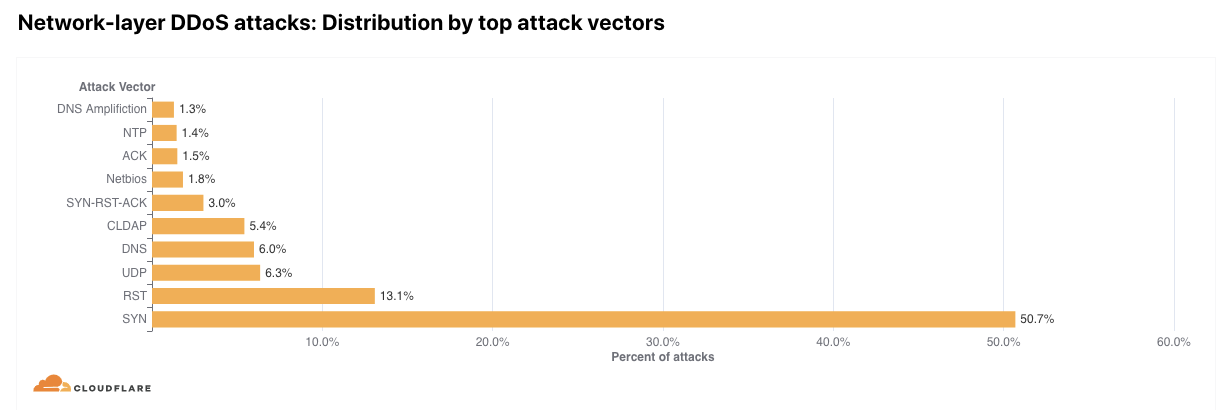
新たな脅威

SYN攻撃の勢いが依然として衰えないまま、この四半期にJenkinsサーバーを狙った攻撃で940%の急上昇が見られました。Jenkinsは無料オープンソースの自動化サーバーで、エンジニアチームがソフトウェア開発するサポートをします。サーバーの古いバージョン(Jenkins 2.218以前)の脆弱性が、DDoS攻撃のきっかけとなったのです。この脆弱性は、初期設定でUDPマルチキャスト/ブロードキャストメッセージを無効にすることで、Jenkins 2.219では修正されました。ところが、まだ脆弱で露出したデバイスがUDPベースのサービスを実行しており、増幅型アンプリフィケーション攻撃を生成するために利用されています。
また、CloudflareはUDPで実行される、初期設定で暗号化される新しいインターネットトランスポートプロトコルであるQUICプロトコルで発生するL3/4 DDoS攻撃において、433%もの増加を観測しました。サーバーからクライアントに送信されるバージョンネゴシエーションパケットによって、サーバーがサポートしているQUICのバージョンをクライアントに示すことができます。UDPはステートレスなので、攻撃者は送信元IP アドレスをスプーフィングすることで、簡単にバージョンネゴシエーションパケットを模倣し、クライアントを過負荷にすることができます。
Cloudflareを標的にする攻撃は、特定のお客様を狙うというよりも、お客様が利用されているバージョンをダウングレードすることによって、Cloudflareのインフラストラクチャに影響を与えようとしている可能性があります。QUICアンプリフィケーション攻撃に関する詳細はこちらをお読みください。
観察された3番目の新しい脅威ベクトルはTeamSpeakです。独自のボイスオーバーインターネットプロトコル(VoIP)であり、UDPで実行され、リアルタイムでゲーマー同士が会話できるようになっています。この新しい脅威は前四半期比で203%増加しました。チャットではなく実際に話すことで、ゲーミングチームの効率性を格段に上げ、勝利をつかむ手助けをしています。TeamSpeakサーバーを狙うDDoS攻撃は、リアルタイムのマルチプレーヤーゲーム中にコミュニケーションパスを中断させ、チームのパフォーマンスに影響を与えようとするライバルグループが仕掛けている可能性もあります。
Cloudflareデータセンターがある国別のDDoS活動
ネットワーク層DDoS攻撃について国別の分布を見ると、最もL3/4攻撃数が多かったのはルワンダ、中国、ブルネイでした。アプリケーション層DDoS攻撃とは異なり、攻撃者はDDoSの攻撃元のロケーションを難読化するために、送信元IPアドレスをスプーフィングでき(そしてたいていはそれを実行し)ます。このため、L3/4 DDoS攻撃を分析する際、トラフィックは送信元IPのロケーションごとではなく、トラフィックが集約するCloudflareエッジデータセンターのロケーションごとにトラフィックをバケットします。Cloudflareは、攻撃が観察されたCloudflareデータセンターのロケーション別に攻撃を表示することで、スプーフィングされたIPの問題を解決することができます。世界200都市に広がるデータセンターがあるからこそ、当社のレポートは地理的に正確なものとなるのです。
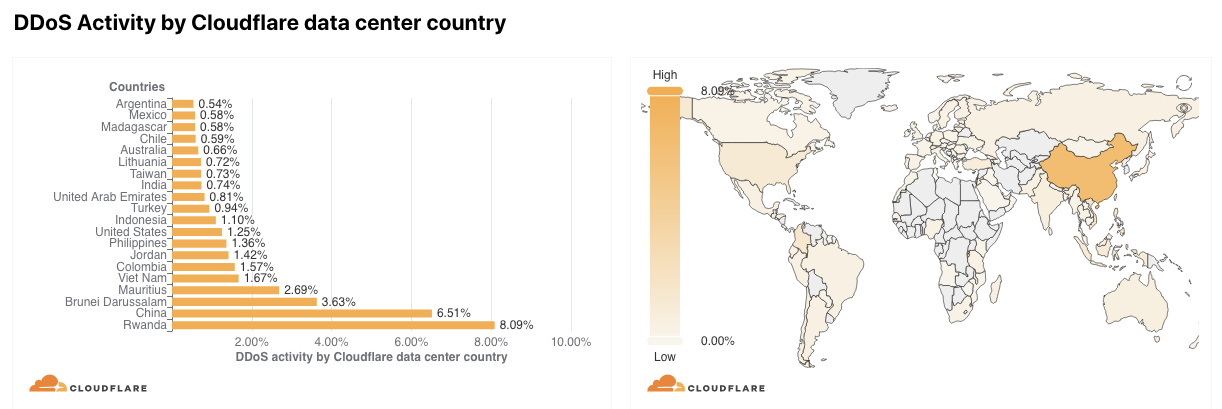
すべての地域と国を表示するには、Radar DDoSレポートダッシュボードにあるインタラクティブマップをご覧ください。
より良いインターネットの構築を支援
Cloudflareは、より良いインターネットを構築するというミッションのもとに設立されました。ここで言うより良いインターネットとは、DDoS攻撃からの影響を受けることがないインターネットという意味です。過去10年間にわたり、あらゆる規模や種類のDDoS攻撃からお客様のインターネットプロパティを保護するために、当社では揺るぎない努力を重ねてきました。多くの企業がCloudflare DDoS攻撃対策の恩恵を享受していますが、CCP GamesとPanasonicは、そのうちの2社です。
また、Cloudflareは2021年第1四半期のForrester WaveTM:DDoS 軽減ソリューションでリーダーに選出されました。レポートはこちらから無料でダウンロードできます。
このレポートでは、ForresterのセキュリティとリスクのシニアアナリストであるDavid Holmes氏が「CloudflareはエッジでDDoS攻撃対策を迅速に行い...顧客はCloudflareのエッジネットワークを、アプリケーションを保護および配信するための魅力的な方法と見ている」と伝えています。
Cloudflare DDoS攻撃対策がお客様と業界アナリストたちに認められている大きな理由が3つあります。
- Cloudflareのネットワークアーキテクチャ:Cloudflareは、スクラビングセンターを運用しません。それは、当社がスクラビングセンターモデルがDDoS攻撃対策として欠陥のあるアプローチだと考えているからです。スクラビングセンターは遅延を引き起こす上に、構築と運営に経費がかかります。その代わりに、Cloudflareでは当社ネットワーク内にある全データセンターからすべてのサーバーでDDoS攻撃対策を実行しています。当社のエニーキャストベースのアーキテクチャでは、当社の容量がDDoSスクラビング容量と同等になっており、史上最大規模の59Tbpsです。これは、Cloudflareが攻撃のソースに最も近い場所でDDoS攻撃を検出して軽減することを意味します。さらに、Cloudflareのグローバルな脅威インテリジェンスは、インターネットの免疫システムのように機能し、機械学習モデルを用いてあらゆる顧客に対する攻撃を学習して軽減し、すべてのお客様を保護します。
- 高速パフォーマンス:当社のお客様から、「堅牢なセキュリティを望んでいるが、パフォーマンスを犠牲にするものは望んでいない」という声が常に寄せられています。設立当初から、Cloudflareは攻撃が引き起こす遅延の影響を受けることのないように設計されていました。当社のエニーキャストアーキテクチャによって、送信元に最も近い攻撃を軽減して、パスから外れたトラフィックを分析し、DDoS軽減ソリューションが正規のトラフィックに追加の遅延が発生しないようにしています。このルールは、コスト効率に優れたものとなるようにLinuxスタック内で最も適切な場所に適用され、パフォーマンスに悪影響が出ないようにしています。Cloudflareネットワーク全体でパフォーマンステストが行われ、トラフィックがCloudflare Magic Transitにルーティングされると、遅延が3ミリ秒短縮し、パケットのロスはほぼゼロにまでなったことを示しました。
- Cloudflareのサポート:CloudflareのEnterpriseのお客様アカウントすべてに(アカウントチーム、ソリューションエンジニア、Customer Successマネージャーを含め)チームが割り当てられており、オンボーディングや、さらにお客様の設定を最適化する領域の特定をお手伝いするなどを通して、積極的にお客様のサポートをしております。
Cloudflareの365日24時間無休のグローバルなサポートチームは、緊急のサポートをリクエストするEnterpriseのお客様からの電話に対応し、人の応答による即時のサポートを提供する準備ができています。
Wikimedia財団のCTOであるGrant Ingersoll氏の言葉を引用すると、「Cloudflareには信頼性の高いインフラストラクチャと対応が速くて極めて有能なチームを擁します。そして、大規模なDDoS攻撃でも阻止できる体制を整えています。」
CloudflareのDDoSソリューションの詳細は、こちらにお問い合わせいただくか、こちらから今すぐ始めましょう。
2021 年第一季 DDoS 攻擊趨勢


Cloudflare 在上週舉辦了開發人員週,我們的團隊紛紛發佈了酷炫的新產品,其中包括一系列對 Workers 的增強。不僅是客戶喜愛使用 Workers 部署應用程式,我們的工程團隊也不例外。Workers 還是我們在 Cloudflare Radar 上發佈的網際網路流量與攻擊趨勢的驅動力量。今天,與這篇深度解析部落格貼文一同面世的還有全新的 Radar DDoS Report 頁面,這是我們在 Jupyter、Clickhouse 和 Workers 基礎上打造的第一個全面自動化資料筆記本。
上個月,我們推出了自發邊緣 DDoS (分散式阻斷服務) 保護系統,也闡釋了這如何做到既能迅速封鎖攻擊又不影響效能。該系統執行於我們網路的邊緣,異步分析流量以免影響效能,並在偵測到攻擊時立即推送內嵌的緩解規則。一切都自發完成,無需集中共識的介入。
今天,我們將分享最新的 DDoS 洞察和趨勢,這源自於我們系統在 2021 年第一季所緩解的攻擊。在分析攻擊時,我們會計算「DDoS 活動」比率,即攻擊流量占總流量 (攻擊 + 乾淨) 的百分比。這樣,我們能夠規範化資料點,並避免出現偏頗,例如,偏向於看到更多流量 (因而發現更多攻擊) 的資料中心。
重點
應用程式層 DDoS 攻擊
- 2021 年第一季,HTTP 攻擊流量百分比最高的國家是中國。位居其後的是美國、馬來西亞和印度。
- 第一季遭受攻擊最多的是電訊產業,其次是消費者服務、安全與調查、網際網路以及加密貨幣。
- 遭受攻擊最多的網際網路設備來自中國、美國和摩洛哥的公司。
網路層 DDoS 攻擊
- 在 Cloudflare 網路上,我們位於盧安達、中國和汶萊的資料中心中觀察到了最高的 DDoS 活動。
- 第一季的所有攻擊中將近 44% 發生在 1 月份。
- 主要新型威脅包括針對 Jenkins 和 TeamSpeak3 伺服器的攻擊,與前一季相比分別增長了 940% 和 203%。
- 其他新型威脅包括 QUIC 版本協商封包洪水,或許意在破壞 Cloudflare 的基礎結構。
應用程式層 DDoS 攻擊
應用程式層 DDoS 攻擊或 HTTP DDoS 攻擊旨在透過使 HTTP 伺服器無法處理請求來摧毀 HTTP 伺服器。如果伺服器受到數量超出其處理能力的請求轟炸,該伺服器會丟棄合法的請求,甚至會崩潰。

DDoS 攻擊活動產業分佈
如果按照客戶所屬市場產業對 DDoS 活動進行細分,可以發現電訊是第一季遭受攻擊最多的產業。與 2020 年第四季排名第六相比,這一次飛躍了一大步。其次是消費者服務產業,安全與調查產業則排名第三。

DDoS 活動來源國家/地區分佈
與網路層攻擊不同,HTTP 攻擊中不能假冒來源 IP。必須要建立連線。透過查詢用戶端來源 IP 的位置,就能確定其來源國家/地區。如果某一國家/地區中 DDoS 活動比率較高,這表示有大型機器人網路在這個國家/地區運作。2020 年第四季和 2021 年第一季,中國均位居榜首,美國則緊隨其後。

DDoS 活動目標國家/地區分佈
為確定哪些國家/地區遭受攻擊最多,我們按客戶的帳單國家/地區細分了 DDoS 活動。與攻擊來源細分類似,中國和美國分別排名第一和第二。有趣的是,印度在上一季將中國從第一位擠下,原因或許是印度大選同樣也在 2020 年第四季舉行。

勒索攻擊
如大家所見,我們的非 Enterprise 方案客戶是 DDoS 攻擊的最大目標。然而,不僅是攻擊的數量較高,這些客戶還報告了最高數量的 DDoS 勒索攻擊 (RDDoS)。2021 年第一季,遭受 DDoS 攻擊的被調查 Cloudflare 客戶中有 13% 報告稱他們要麼被 RDDoS 攻擊勒索,要麼提前收到了威脅。在這些客戶當中,62% 是 Pro 方案客戶,33% 是 Business 方案客戶。這是 2020 年第四季起趨勢的延續,當時被勒索客戶的數量為 17%,其中包括自稱 Lazarus Group 的團夥攻擊了一家財富 500 強公司,這家公司被我們吸納到保護範圍之中。

網路層 DDoS 攻擊
應用程式層攻擊的目標是執行終端使用者嘗試存取的服務的應用程式 (OSI 模型的第 7 層),網路層攻擊則以暴露的網路基礎結構 (例如,嵌入式路由器和其他網路伺服器) 和網際網路連結本身為目標。
攻擊數量
從月份來看,1 月是第一季中攻擊者最忙碌的月份,占該季度觀察到的攻擊總數的 42%。位列其後的是 3 月 (34.2%) 和 2 月 (23.8%)。

不過,我們確實發現第一季最大攻擊的峰值 (300-400 Gbps) 發生在 2 月。

攻擊規模
衡量第 3/4 層 DDoS 攻擊規模有多種不同的方法。一種方法是測量傳送的流量大小,以位元速率為單位 (即,每秒千兆位元)。另一種是測量傳送的封包數,以封包速率為單位 (即,每秒封包數)。高位元速率的攻擊會嘗試使網際網路連結飽和,而高封包速率的攻擊則會使路由器或其他嵌入式硬體裝置不堪負荷。
2021 年第一季觀察到的第 3/4 Continue reading
A Full Circle Journey: Introducing Cloudflare Canada

Pour voir cette publication en français, veuillez cliquer ici.

Today Cloudflare announced that Toronto will be home to Cloudflare’s first Canadian office and team. While I currently live in San Francisco, I was born and raised in Saskatchewan. As a proud Canadian, today feels like a homecoming. Canada has always been an important part of our history and customer base, and I am thrilled to see Cloudflare make a further commitment of expanding officially in the country and opening an office in Toronto. We are hiring a team locally to help our current customers and future customers, and to support even more great Canadian organizations. I wanted to share more about how Cloudflare works with Canadian businesses, what today’s announcement means, and some personal reflections.
How Cloudflare works with Canadian entrepreneurs, businesses, and nonprofits
Cloudflare helps ensure anything connected to the Internet is fast, safe, and reliable. We do this by running a distributed global cloud platform that delivers a broad range of network services to businesses of all sizes—making them more secure, enhancing the performance of anything connected online, and eliminating costs and complexity. We help approximately 25M Internet properties around the world—whether you’re a Canadian entrepreneur trying to Continue reading
Why I’m helping Cloudflare grow in Canada
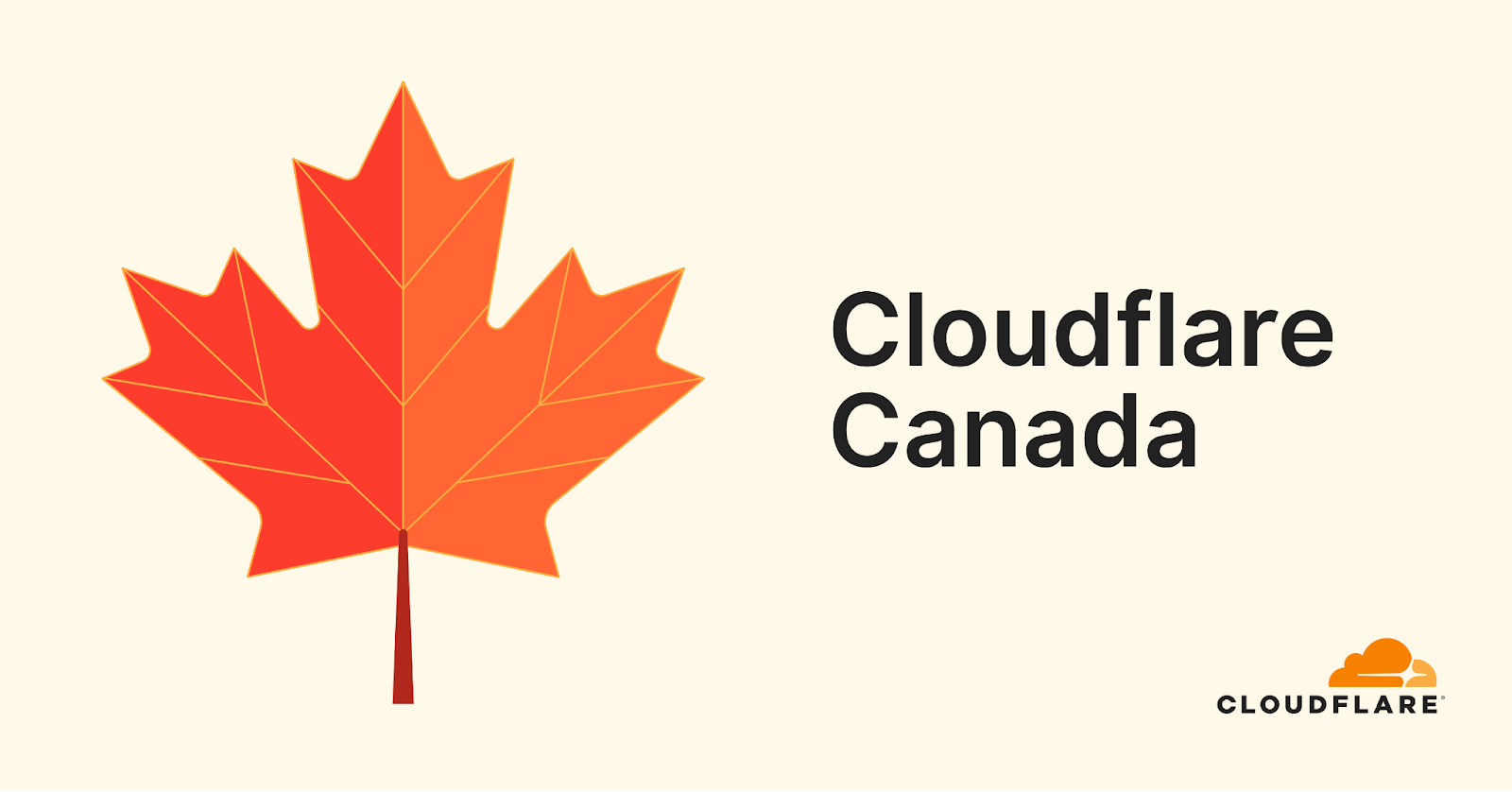
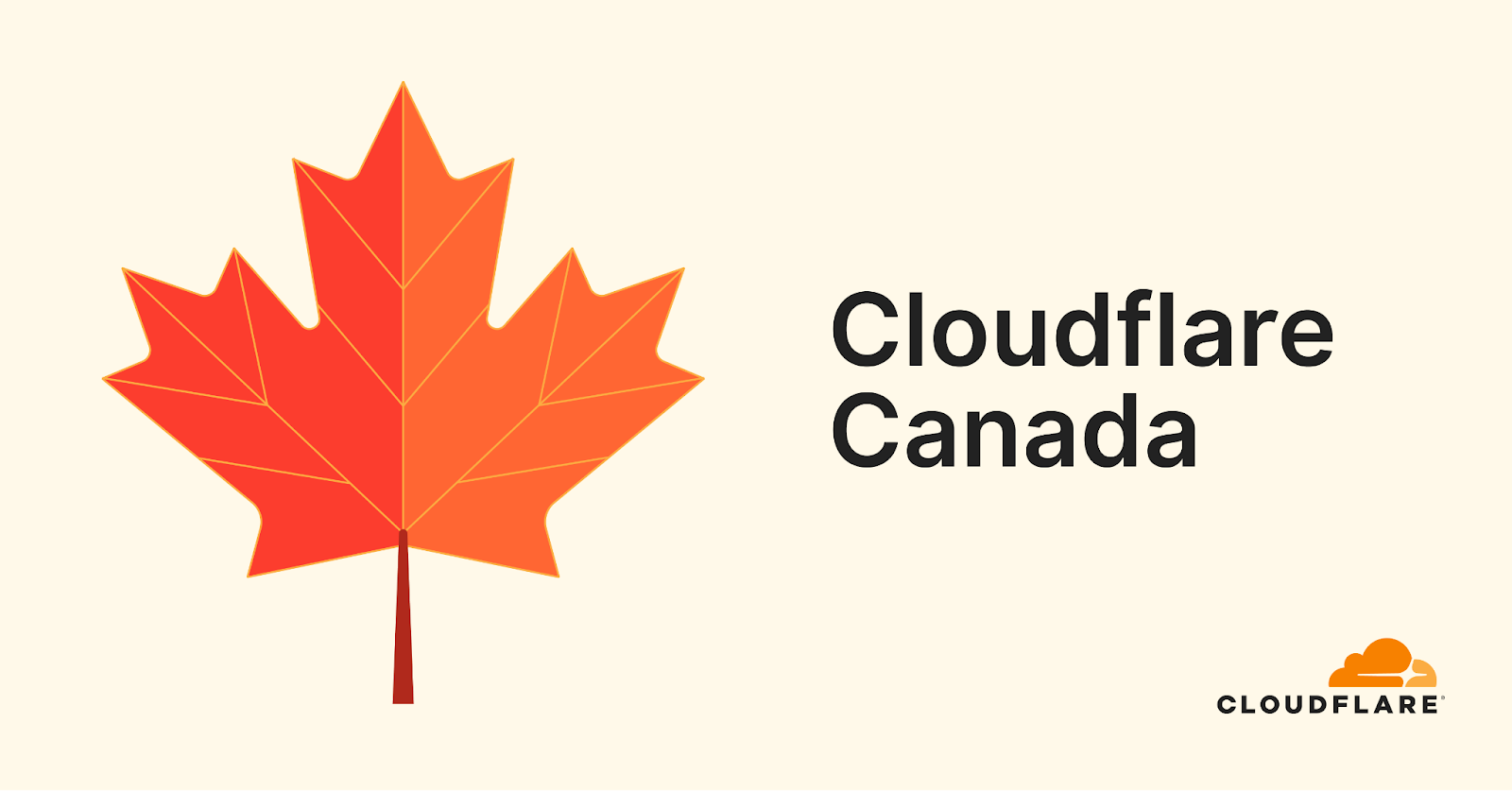
I am incredibly excited to join Cloudflare as Head of Sales for Canada to expand the company’s growth in the region as part of its mission to help build a better Internet. This is an important milestone for Cloudflare to better serve the needs of our Canadian customers, recruit local talent, and build on the regional successes we’ve had around the globe.
Internet security, privacy, and performance are key drivers for every business, individual, and public sector organization. Universal dependency on the Internet has significantly increased, with web commerce, remote learning, distributed teams, remote work, virtual meetings etc. — and this is all here to stay.
Over the last few years we have seen the industry move from on-premise infrastructure and applications to a cloud-first approach with cloud and SaaS architectures. As this significant and inevitable transition has accelerated, it has introduced new complexities, challenges, and opportunities for organizations with the evolution to heterogeneous environments across public cloud, on-premise, and hybrid deployments.
At the same time, a company’s digital assets (data, web properties, applications, etc.) have become their most valuable assets. How an organization uses the Internet to serve their customers, partners, and employees has become a strategic priority Continue reading
DDoS attack trends for 2021 Q1


Last week was Developer Week at Cloudflare. During that week, our teams released a bunch of cool new products, including a bunch of improvements to Workers. And it's not just our customers that love deploying apps with Workers, but also our engineering teams. Workers is also what powers our Internet traffic and attack trends on Cloudflare Radar. Today, along with this deep-dive analysis blog, we’re excited to announce the new Radar DDoS Report page, our first fully automated data notebook built on top of Jupyter, Clickhouse, and Workers.
Last month, we introduced our autonomous edge DDoS (Distributed Denial of Service) protection system and explained how it is able to drop attacks at wire speed without impacting performance. It runs in our networks’ edge, analyzes traffic asynchronously to avoid impacting performance, and pushes mitigation rules in-line immediately once attacks are detected. All of this is done autonomously, i.e., without requiring centralized consensus.
Today, we’d like to share the latest DDoS insights and trends that are based on attacks that our system mitigated during the first quarter of 2021. When we analyze attacks, we calculate the “DDoS activity” rate, which is the percent of attack traffic out of Continue reading
Entwicklung der DDoS-Bedrohungslandschaft im ersten Quartal 2021


Letzte Woche fand die Cloudflare Developer Week statt – ein willkommener Anlass für unsere Teams, eine Reihe von spannenden neuen Produkten und nicht zuletzt auch einige Verbesserungen für Workers vorzustellen. Die Qualitäten dieser Lösung für den Einsatz von Applikationen wissen übrigens nicht nur unsere Kunden zu schätzen: Das Tool erfreut sich auch bei unseren eigenen Entwicklern großer Beliebtheit. Unter anderem basiert auch unsere Untersuchung von Internet- und Bedrohungstrends mithilfe von Cloudflare Radar auf Workers. Wir freuen uns, dass wir Ihnen heute (zusätzlich zu diesem Blogbeitrag mit detaillierten Analysen zu diesem Thema) unseren neuen Radar DDoS Report präsentieren können, unser erstes komplett automatisiertes Daten-Notebook auf der Grundlage von Jupyter, Clickhouse und Workers.
Letzten Monat stellten wir unser autonomes, am Netzwerkrand (Edge) betriebenes Schutzsystem gegen DDoS-Angriffe (Distributed Denial of Service) vor und erläuterten, wie es mit dieser Lösung gelingen kann, Attacken verzögerungsfrei und ohne Performance-Einbußen abzuwehren. Dieses System vermeidet Leistungsabfälle durch eine asynchrone Analyse des Datenverkehrs und leitet bei Angriffen sofort und direkt im Datenstrom Gegenmaßnahmen ein. All dies geschieht autonom am Netzwerkrand, eine separate Prüfung über eine zentrale Stelle ist nicht nötig.
Heute möchten wir Sie nun auf der Grundlage der Angriffe, die unsere Systeme im ersten Quartal 2021 abwehren Continue reading
Cloudflare’s Partnership with HashiCorp and Bootstrapping Terraform with Cf-Terraforming
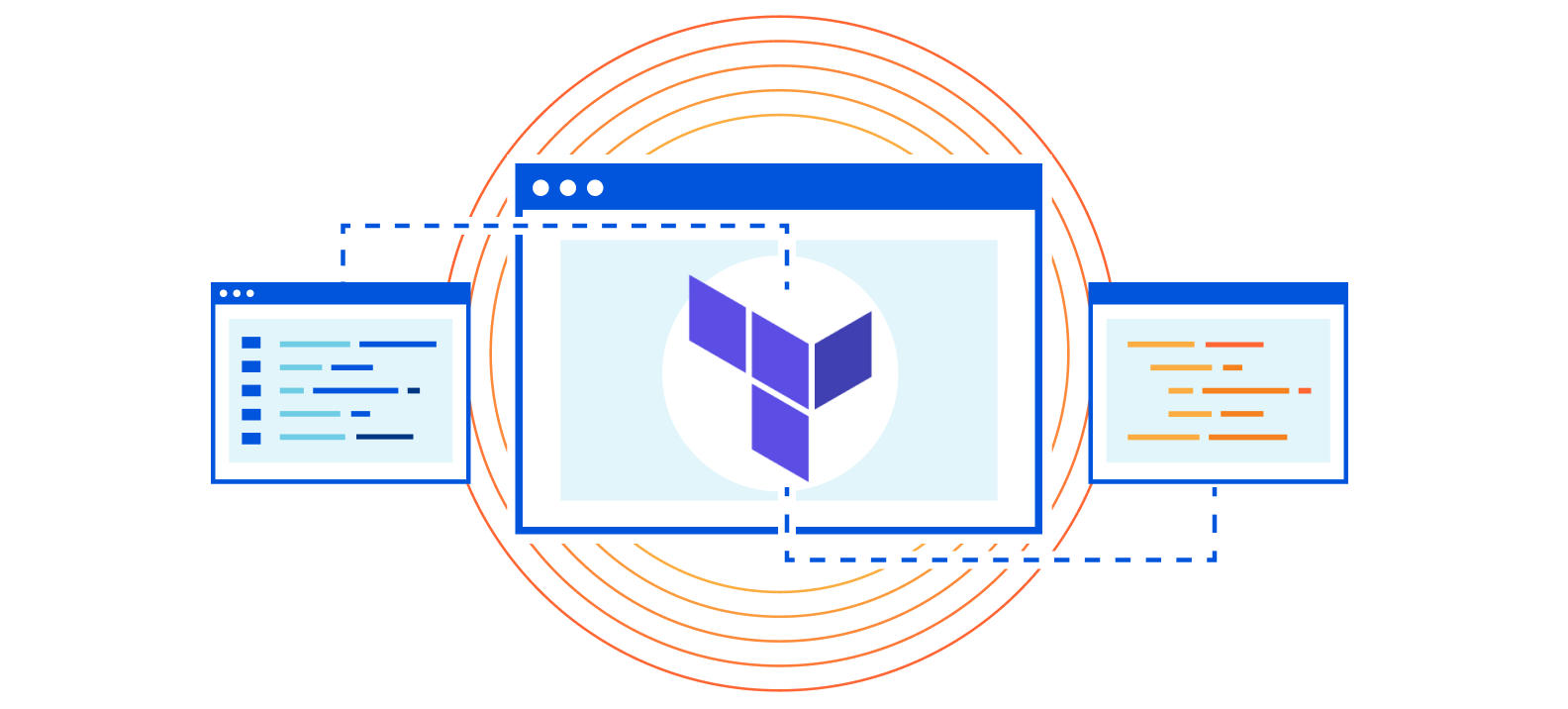
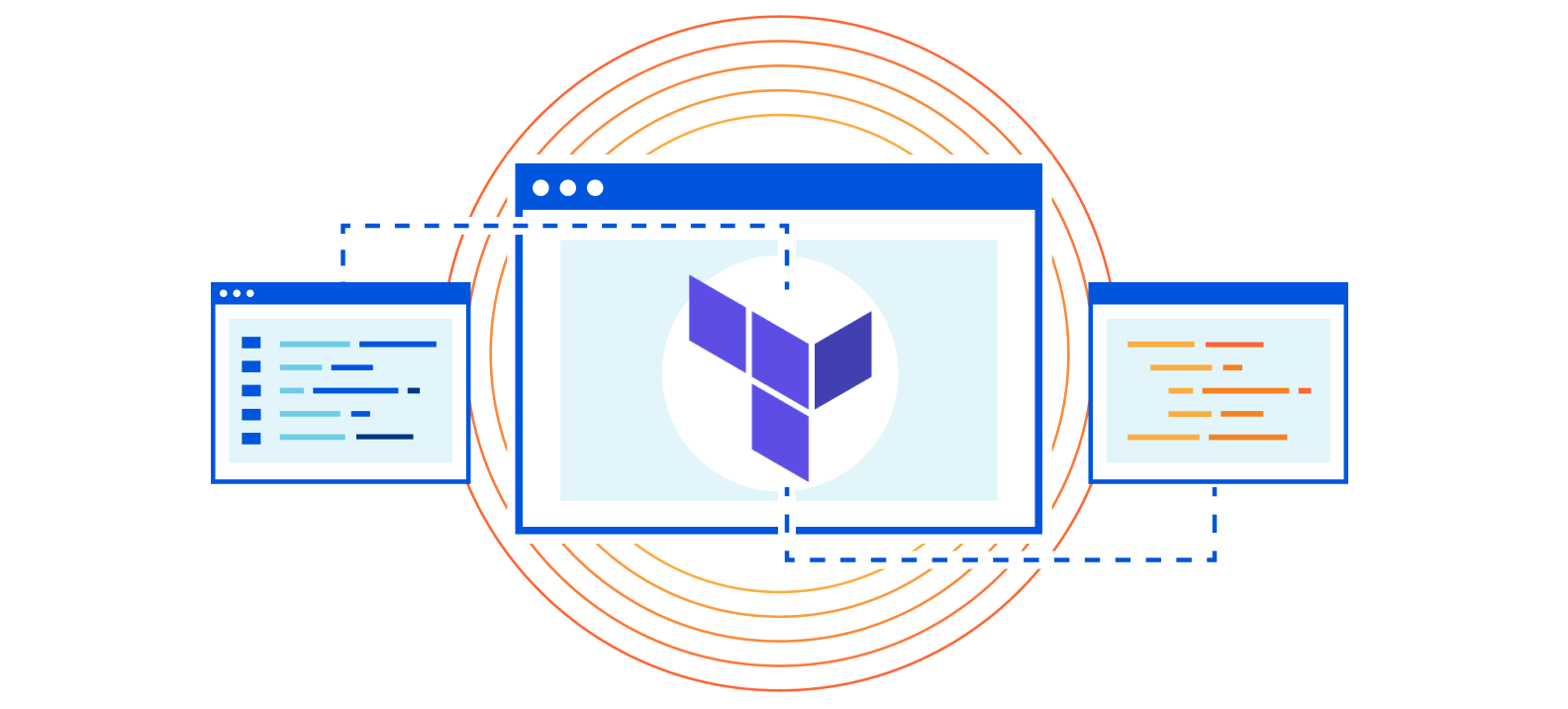
Cloudflare and HashiCorp have been technology partners since 2018, and in that time Cloudflare’s integration with HashiCorp’s technology has deepened, especially with Terraform, HashiCorp’s infrastructure-as-code product. Today we are announcing a major update to our Terraform bootstrapping tool, cf-terraforming. In this blog, I recap the history of our partnership, the HashiCorp Terraform Verified Provider for Cloudflare, and how getting started with Terraform for Cloudflare developers is easier than ever before with the new version of cf-terraforming.
Cloudflare and HashiCorp
Members of the open source community wrote and supported the first version of Cloudflare's Terraform provider. Eventually our customers began to bring up Terraform in conversations more often. Because of customer demand, we started supporting and developing the Terraform provider ourselves. You can read the initial v1.0 announcement for the provider here. Soon after, Cloudflare’s Terraform provider became ‘verified’ and we began working with HashiCorp to provide a high quality experience for developers.
HashiCorp Terraform allows developers to control their infrastructure-as-code through a standard configuration language, HashiCorp Configuration Language (HCL). It works across a myriad of different types of infrastructure including cloud service providers, containers, virtual machines, bare metal, etc. Terraform makes it easy for developers to follow Continue reading
Containers at the edge: it’s not what you think, or maybe it is
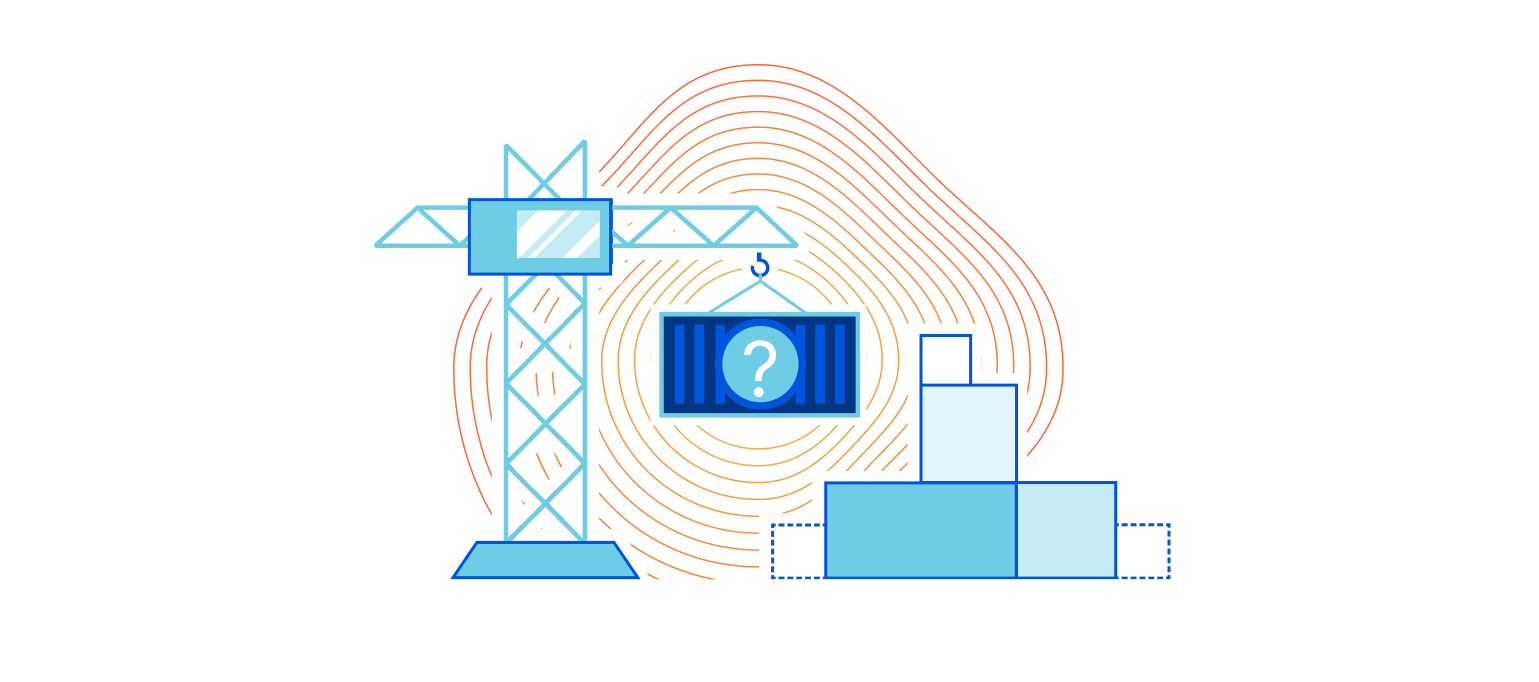
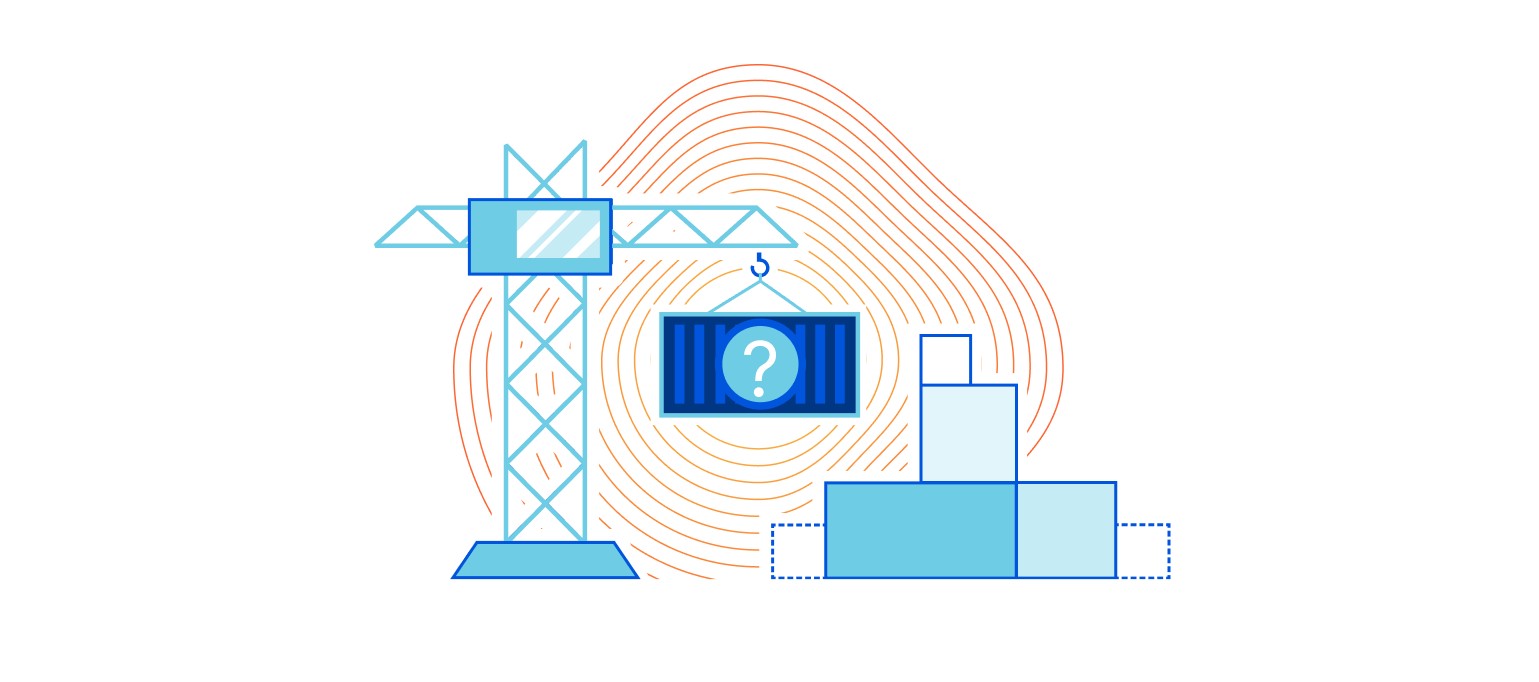
At Cloudflare, we’re committed to making it as easy as possible for developers to make their ideas come to life. Our announcements this week aim to give developers all the tools they need to build their next application on the edge. These include things like static site hosting, certificate management, and image services, just to name a few.
Today, we’re thrilled to announce that we’re exploring a new type of service at the edge: containers.
This announcement will be exciting to some and surprising to many. On this very blog, we’ve talked about why we believe isolates — rather than containers on the edge — will be the future model for applications on the web.

Isolates are best for Distributed Systems
Let us be clear: isolates are the best way to do edge compute, period. The Workers platform is designed to allow developers to treat our global network as one big computer. This has been a long-held dream of generations of engineers, inspiring slogans like "The Network is the Computer" — a trademark which, incidentally, we now own. Isolates and Durable Objects are finally making that vision possible.
In short, isolates excel at distributed systems. They are perfect for Continue reading
Announcing Cloudflare’s Database Partners


Cloudflare Workers is the easiest way for developers to deploy their application’s code with performance, scale and security baked in. No configuration necessary. Worker code scales to serve billions of requests close to your users across Cloudflare’s 200+ data centers.
But that’s not the only interesting problem we need to solve. Every application has two parts: code and state.
State isn’t always the easiest to work in a massive distributed system. When an application runs in 200+ data centers simultaneously, there’s an inherent tradeoff between distributing the data for better performance, availability, scale, and guaranteeing that all data centers see the same data at a given point in time.
Our goal is to make state at the edge seamless. We started that journey with Workers KV, which provides low-latency access to globally distributed data. We’re since added Durable Objects, with strong consistency and the ability to design coordination patterns on top of Workers. We’re continuing to invest in and build out these products.
However, some use cases aren’t easily implemented with Workers KV or Durable Objects. Think querying complex datasets, or communicating with an existing system-of-record. Even if we built this functionality ourselves, there will always be customers who want Continue reading
Cloudflare Stream now supports NFTs


Cloudflare Stream has been helping creators publish their videos online without having to think about video quality, device compatibility, storage buckets or digging through FFmpeg documentation. These creators want to be able to claim ownership of their works and assert control over how that ownership claim is transferred. Increasingly, many of those creators are looking to Non-Fungible Tokens (NFTs).
NFTs are a special type of smart contract that allows provable ownership of the contract on the blockchain. Some call NFTs collectibles because like coins or stamps, collectors who enjoy them buy, sell and trade them. Collectors keep track of NFTs on the Ethereum blockchain which acts as a shared source of truth of all the activity.
Today, we’re introducing a new API that takes a ERC-721 token ID and contact address and sets it on a video so every video on Stream can be represented with an NFT.
curl -X POST -H "Authorization: Bearer $AUTH_TOKEN" --data '{"contract":"0x57f1887a8bf19b14fc0d912b9b2acc9af147ea85","token":"5"}' https://api.cloudflare.com/client/v4/accounts/$ACCOUNT_ID/stream/$VIDEO_ID/nft
Once you set it, you cannot change these values so be sure to set it to an NFT you own! If you set a video you own to an NFT you don’t own, the owner of the NFT can claim Continue reading
Node.js support in Cloudflare Workers
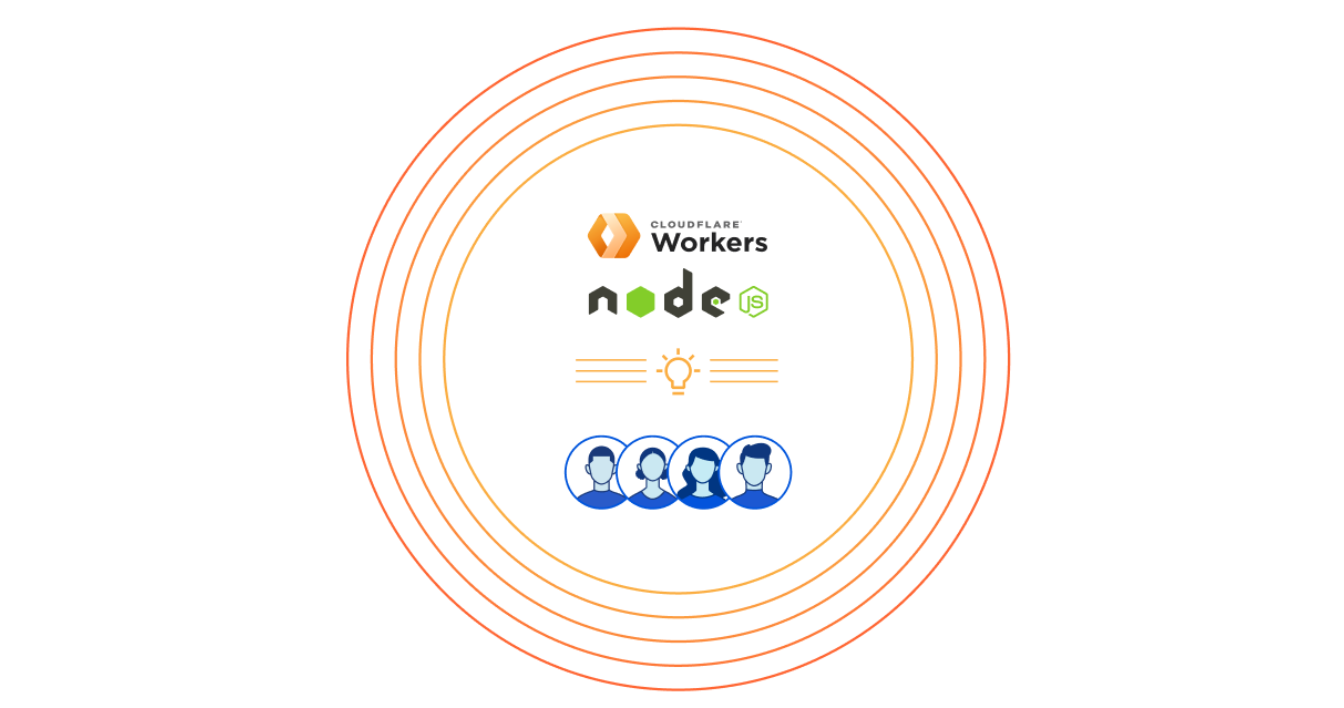
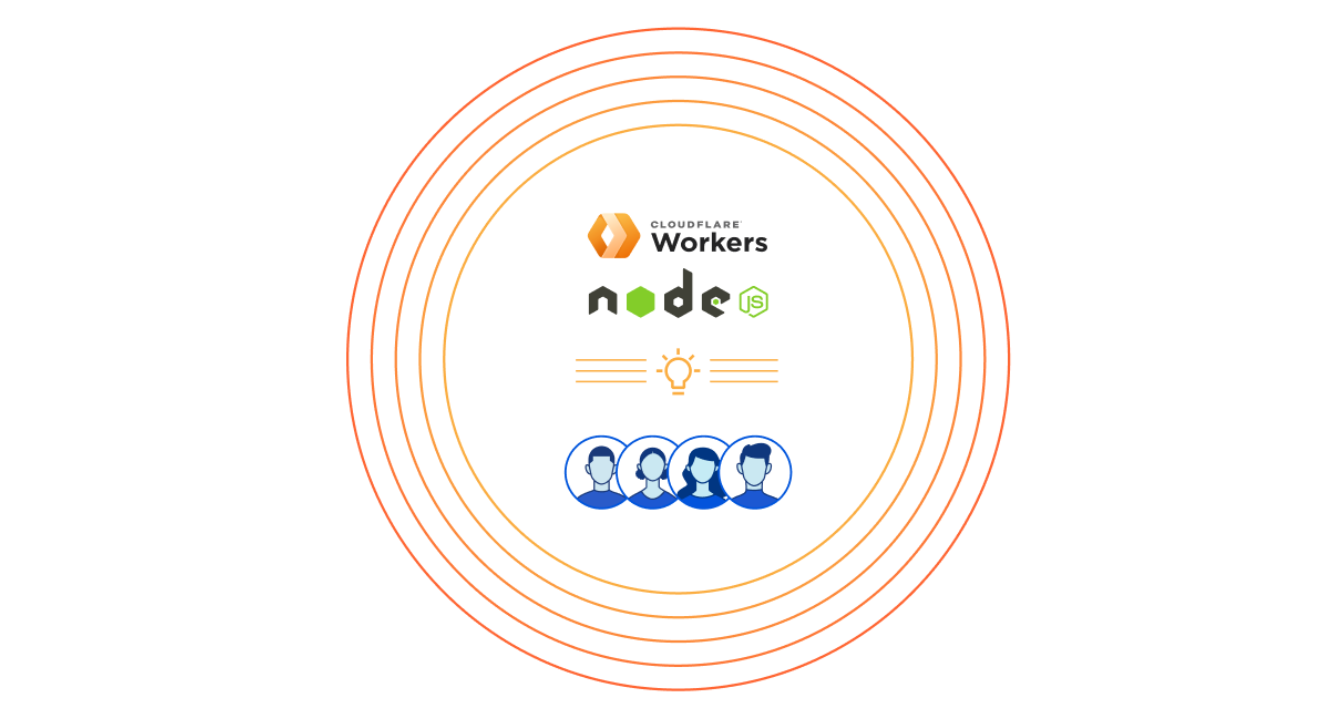
We released Cloudflare Workers three years ago, making edge compute accessible to the masses with native support for the world’s most ubiquitous language — JavaScript.
The Workers platform has transformed so much since its launch. Developers can not only write sandboxed code at our edge, they can also store data at the edge with Workers KV and, more recently, coordinate state within our giant network using Durable Objects. Now, we’re excited to share our support of an 11 year old technology that’s still going strong: Node.js.
Node.js made a breakthrough by enabling developers to build both the frontend and the backend with a single language. It took JavaScript beyond the browser and into the server by using Chrome’s JavaScript engine, V8.
Workers is also built on V8 Isolates and empowers developers in a similar way by allowing you to create entire applications with only JavaScript — except your code runs across Cloudflare’s data centers in over 100 countries.
Our Package Support Today
There is nothing more satisfying than importing a library and watching your code magically work out-of-the-box.
For over 20k packages, Workers supports this magic already: any Node.js package that uses webpack or another polyfill Continue reading
Introducing workers.new, custom builds, and improved logging for Workers
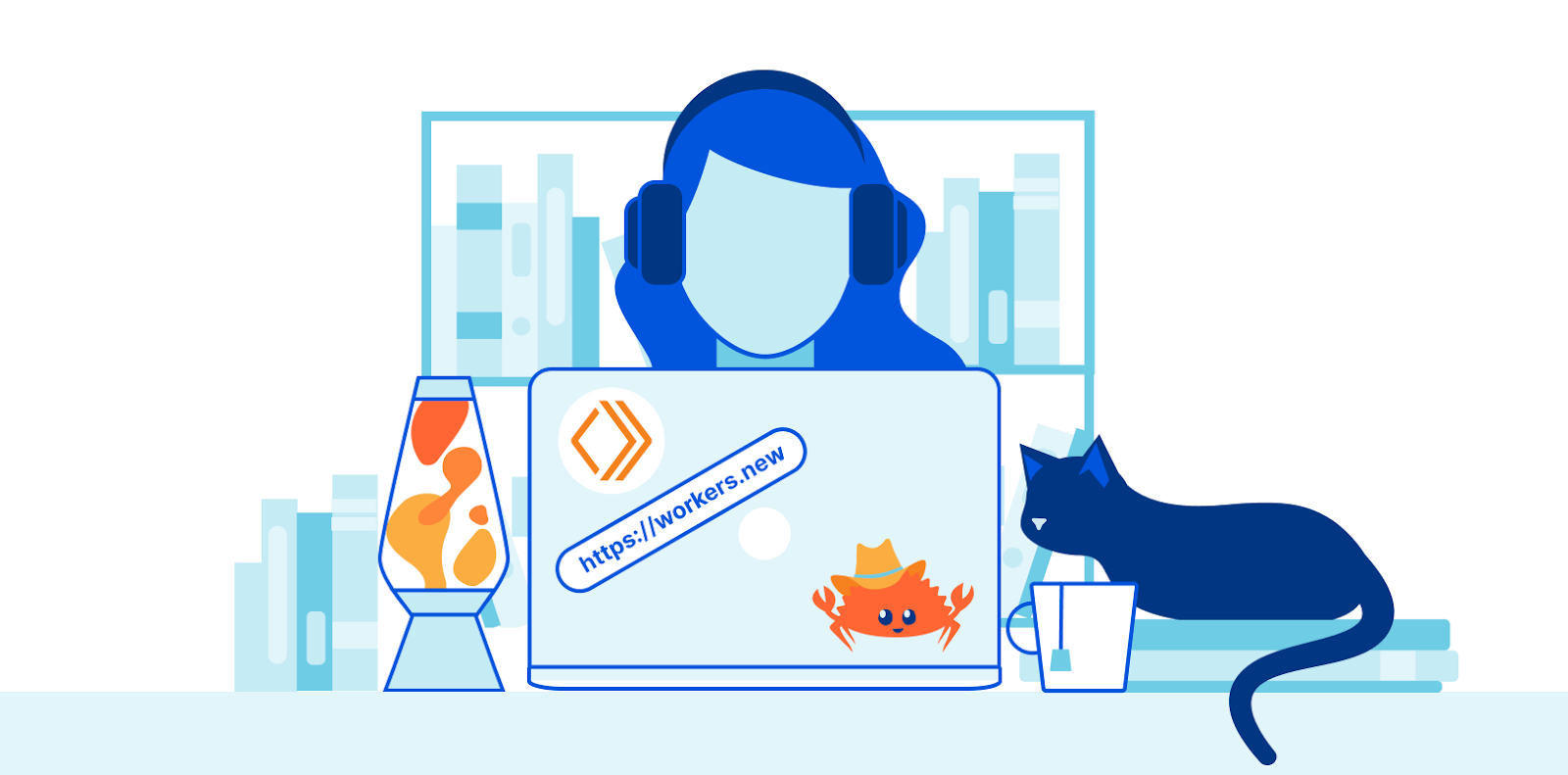
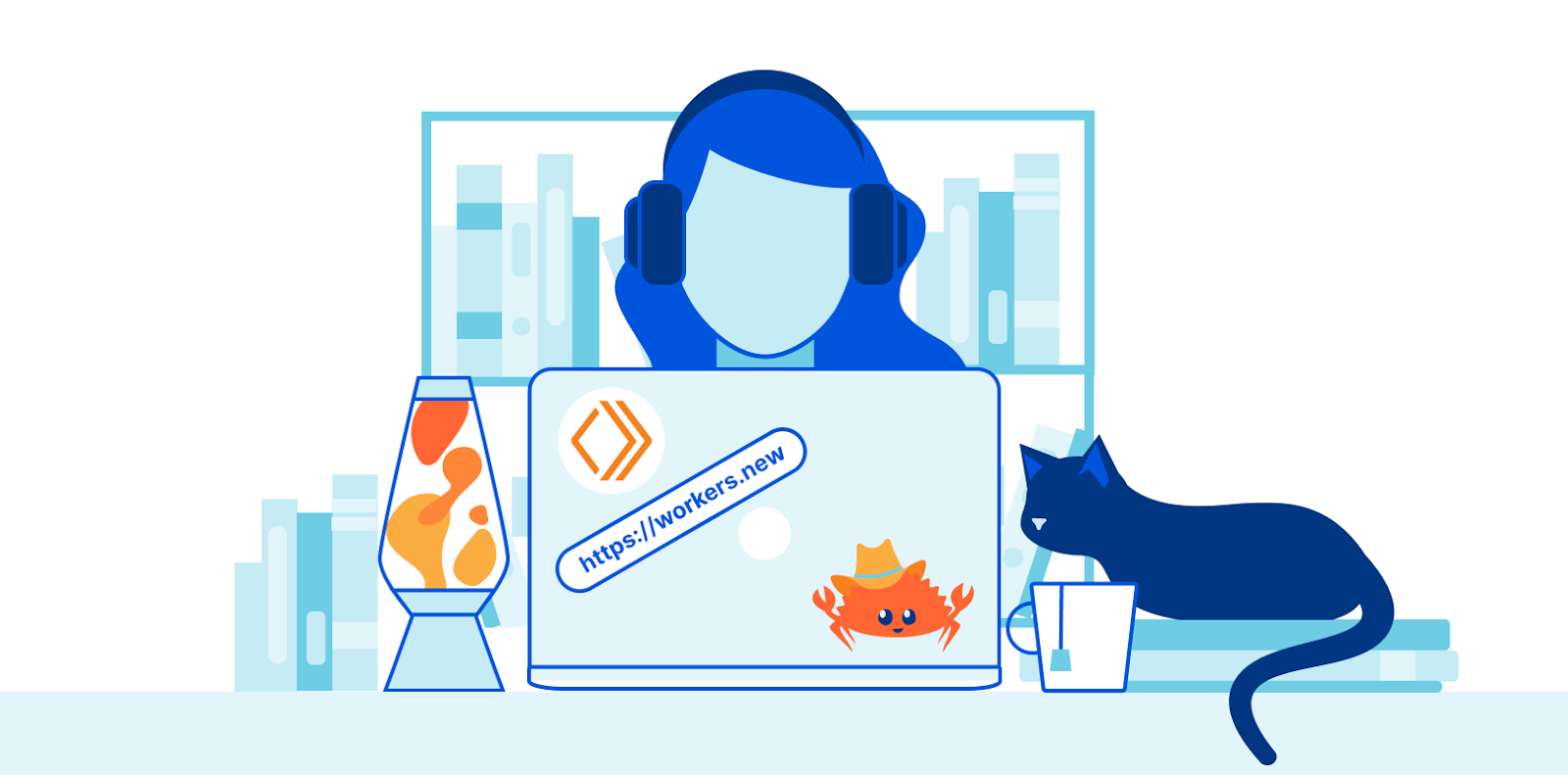
Cloudflare Workers® aims to be the easiest and most powerful platform for developers to build and deploy their applications. With Workers, you can quickly solve problems without having to wonder: “is this going to scale?”
You write the JavaScript and we handle the rest, from distribution to scaling and concurrency.
In the spirit of quickly solving problems, we’re excited to launch three new improvements to the Workers experience, so you can take your next idea and ship it even faster.
Introducing... workers.new

First, we’re introducing https://workers.new, a shortcut that takes you directly to a JavaScript editor for creating a new Worker. Anytime you have a cool idea, need a quick fix to a problem, or just want to debug some JavaScript, you now have a simple way to go from idea to prototype. What’s more is you don’t even need to deploy the Worker to try it out!
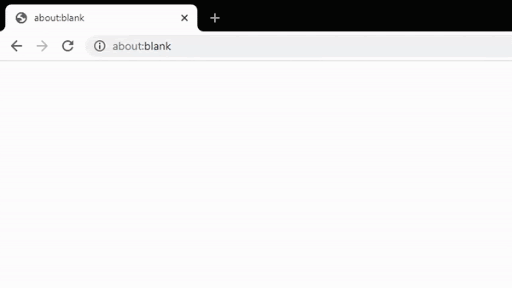
We’ve also updated the default Worker template to help you go a few steps beyond the typical “Hello, World!”. When you open the editor, you’ll now see a few examples that demonstrate how to redirect requests, modify headers, and parse responses.
Customize your build scripts
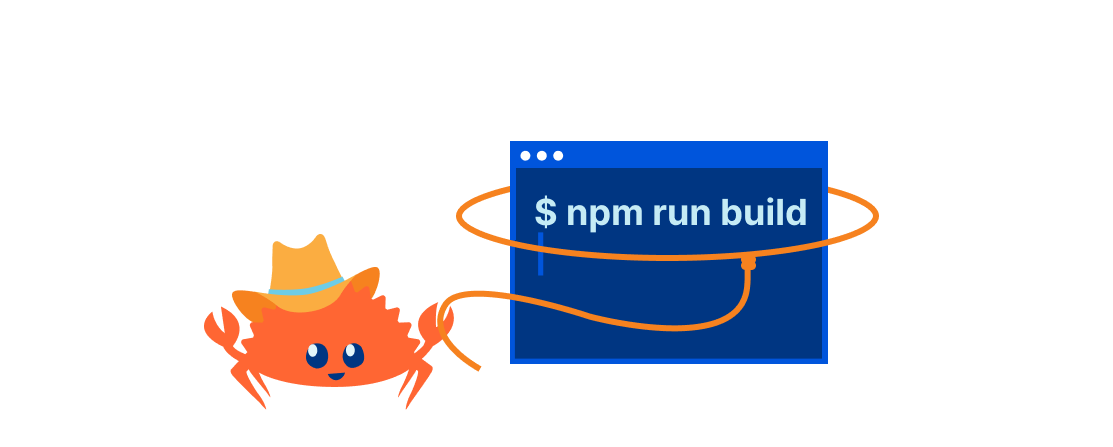
For developers Continue reading
A Boring Announcement: Free Tunnels for Everyone
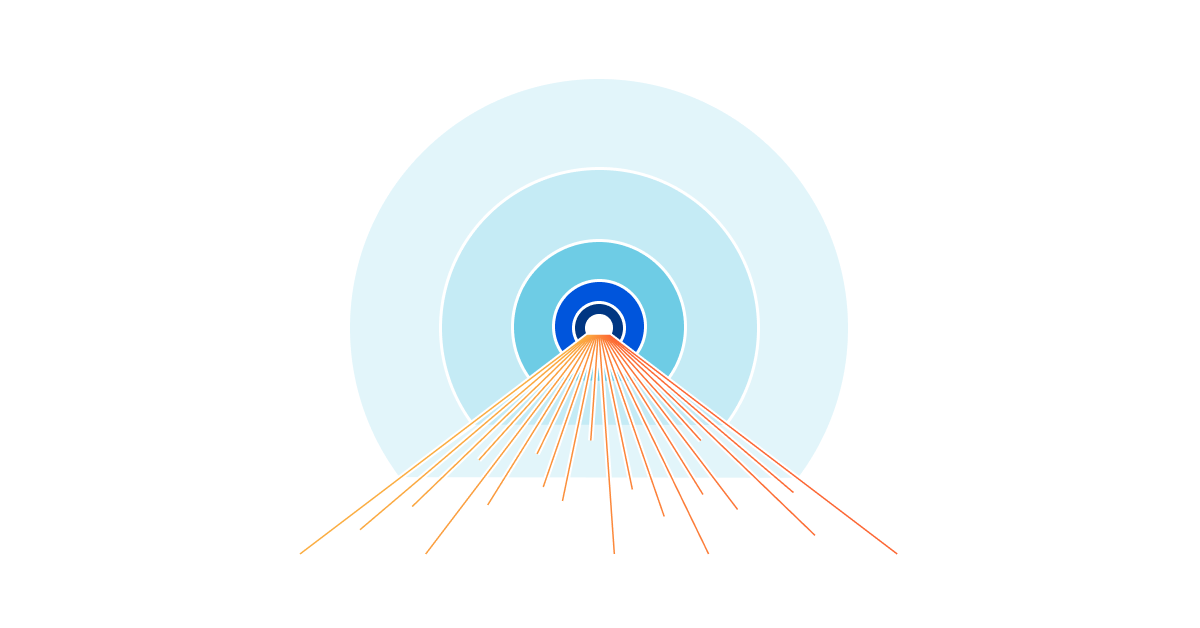
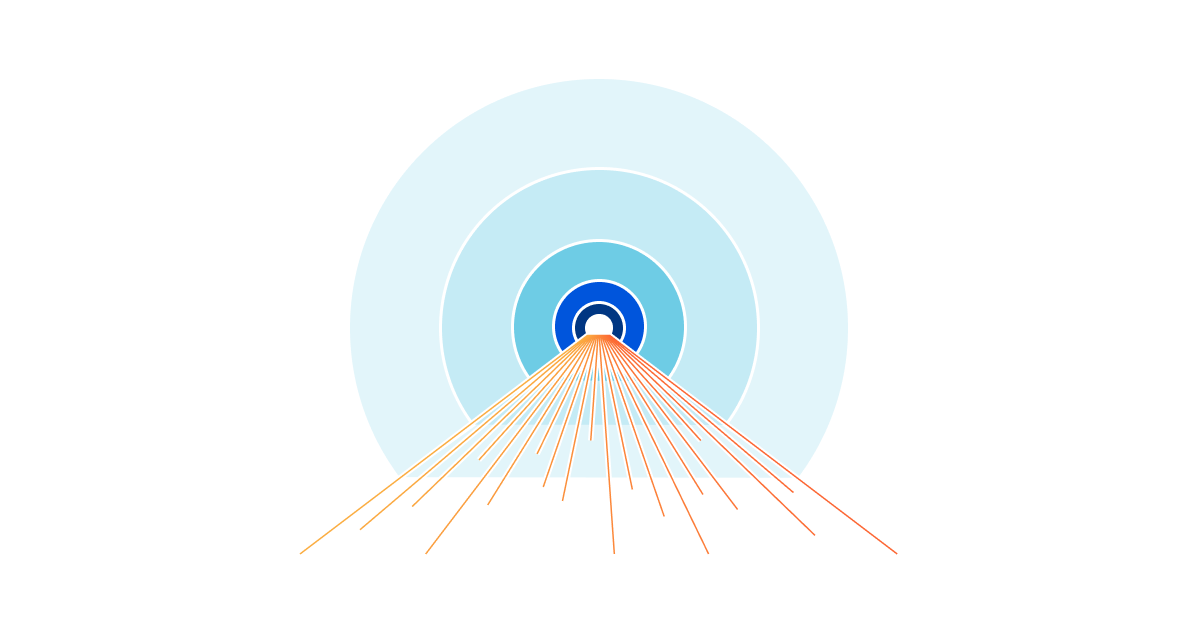
A few months ago, we announced that we wanted to make Zero Trust security accessible to everyone, regardless of size, scale, or resources. Argo Tunnel, our secure method of connecting resources directly to Cloudflare, is the next piece of the puzzle.
Argo Tunnel creates a secure, outbound-only connection between your services and Cloudflare by deploying a lightweight connector in your environment. With this model, your team does not need to go through the hassle of poking holes in your firewall or validating that traffic originated from Cloudflare IPs.
In the past, Argo Tunnel has been priced based on bandwidth consumption as part of Argo Smart Routing, Cloudflare’s traffic acceleration feature. Starting today, we’re excited to announce that any organization can use the secure, outbound-only connection feature of the product at no cost. You can still add the paid Argo Smart Routing feature to accelerate traffic.
As part of that change (and to reduce confusion), we’re also renaming the product to Cloudflare Tunnel. To get started, sign up today.
If you’re interested in how and why we’re doing this, keep scrolling.
A Private Link to the Public Internet
In 2018, Cloudflare introduced Argo Tunnel, a private, secure connection between your origin Continue reading
Bringing AI to the edge with NVIDIA GPUs


Cloudflare has long used machine learning for bot detection, identifying anomalies, customer support and business intelligence. And internally we have a cluster of GPUs used for model training and inference.
For even longer we’ve been running code “at the edge” in more than 200 cities worldwide. Initially, that was code that we wrote and any customization was done through our UI or API. About seven years ago we started deploying custom code, written in Lua, for our enterprise customers.
But it’s quite obvious that using a language that isn’t widely understood, and going through an account executive to get code written, isn’t a viable solution and so four years ago we announced Cloudflare Workers. Workers allows anyone, on any plan, to write code that gets deployed to our edge network. And they can do it in the language they choose.
After launching Workers we added storage through Workers KV as programs need algorithms plus data. And we’ve continued to add to the Workers platform with Workers Unbound, Durable Objects, Jurisdictional Restrictions and more.
But many of today’s applications need access to the latest machine learning and deep learning methods. Those applications need three things: to scale easily, Continue reading
Expanding the Cloudflare Workers Observability Ecosystem


One of the themes of Developer Week is “it takes a village”, and observability is one area where that is especially true. Cloudflare Workers lets you quickly write code that is infinitely scalable — no availability regions, no scaling policies. Your code runs in every one of our data centers by default: region Earth, as we like to say. While fast time to market and effortless scale are amazing benefits, seasoned developers know that as soon as your code is in the wild… stuff happens, and you need the tools in place to investigate, diagnose, fix and monitor those issues.
Today we’re delighted to add to our existing analytics partners. We’re announcing new partnerships with six observability-focused companies that are deeply integrated into the Cloudflare Workers ecosystem. We’re confident these partnerships will provide immediate value in building the operational muscle to maintain and make your next generation of applications fast, secure and bullet-proof in production.

console.log(`Got request. Extracted name=${name}. Saving…`);
Cloudflare wrangler gives you the ability to generate, configure, build, preview and publish your projects, from the comfort of your dev environment. Writing code in your favorite IDE with a fully-fledged CLI tool that also allows you to simulate Continue reading